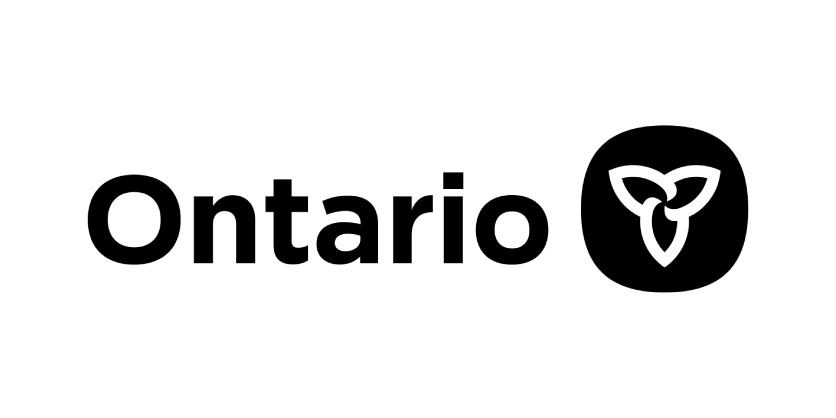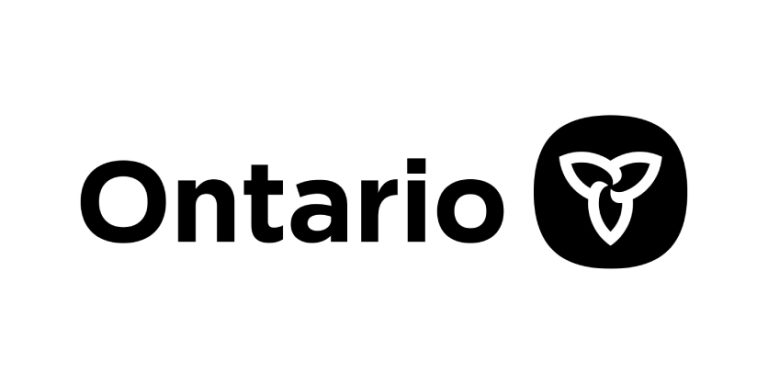Asahi Kasei Breaks Ground on Electric Vehicle Battery Separator Plant in Port Colborne
November 14, 2024

Joint venture with Honda will strengthen Ontario’s end-to-end electric vehicle and battery supply chain
The Ontario government is welcoming the start of construction on Asahi Kasei’s $1.7 billion manufacturing facility in Port Colborne to produce lithium-ion battery separators, a key component of electric vehicle (EV) batteries. The new plant, the first of its kind in Canada, is a significant part of Ontario’s growing end-to-end EV and battery supply chain, accelerating the production of Ontario-made EVs and creating better jobs with bigger paycheques in the Niagara Region.
“The start of construction on Asahi Kasei’s battery separator plant is a major step forward in building Ontario’s electric vehicle supply chain, connecting minerals in the north with electric vehicle battery makers and automakers across the province,” said Premier Doug Ford. “This facility will help lay the groundwork to produce electric vehicles from start to finish by Ontario workers with Ontario-made components, bringing better jobs and bigger paycheques to communities across the province.”
The start of construction closely follows the recent announcement of a joint venture between Asahi Kasei and Honda Canada Inc. that will be established to oversee construction and production activities at the Port Colborne plant.
Earlier this year, Honda announced plans to establish Canada’s first comprehensive electric vehicle supply chain with four new manufacturing plants including this separator plant in partnership with Asahi Kasei. With phase one expected to be complete in 2027, the separator plant is projected to produce enough material to supply approximately one million EVs annually and create more than 300 jobs in the region.
“Asahi Kasei’s investment in Ontario’s auto sector represents a clear vote of confidence in our province’s world-class workforce, dependable supply chains, competitive business environment and reliable clean energy,” said Vic Fedeli, Minister of Economic Development, Job Creation and Trade. “As our government continues to position Ontario as the epicentre of electric vehicle innovation, we look forward to seeing the partnership between Asahi Kasei and Honda come to fruition and bring economic growth and good-paying jobs to the Niagara Region.” Since 2020, Ontario has attracted over $45 billion in EV and battery investments from companies including Honda, GM, Ford and Stellantis, along with key parts and component producers, helping to build-out the province’s end-to-end supply chain and solidifying the province as a leader in the EV sector.
Quick Facts
- Asahi Kasei Corporation is a multinational company headquartered in Tokyo, Japan.
- On November 1, 2024, Asahi Kasei Corporation and Honda Motor Co., Ltd. announced that the two companies have signed a shareholders’ agreement to convert an existing Asahi Kasei subsidiary in Canada into a joint venture company.
- The Asahi Kasei plant in Port Colborne will produce battery separators, an essential component of the lithium-ion batteries used in EVs which make batteries more sustainable and durable. Ontario expects to support this project with both direct and indirect incentives. The facility is expected to be commercially operational in 2027.
- Asahi Kasei’s investment is part of a multi-phase project. Details on the full scope of the project, job creation, and government supports will be announced at a later date.
- Over the past four years, Ontario has attracted over $45 billion in new investments in vehicle manufacturing and the EV battery supply chain.
- Ontario’s auto manufacturing sector supports over 93,000 direct jobs and hundreds of indirect jobs across the province. It includes over 700 parts firms, over 500 tool, die, and mold makers, and over 400 connected and autonomous vehicles companies.
“This facility signifies a bold step in advancing innovation in battery technology. We are establishing a center of excellence here in Port Colborne that will further position Asahi Kasei as a leader in meeting the growing demand for electric vehicle battery separators across North America, helping drive the energy transition forward with cutting-edge technology.”
– Hiroyoshi Matsuyama
Senior Executive Officer, Asahi Kasei Corporation
“Today’s groundbreaking is great news for workers and jobs in Port Colborne and the entire Niagara Region as Asahi Kasei prepares to build automotive components to supply the EV supply chain of the future.”
– Sam Oosterhoff
MPP for Niagara West
“Niagara Region warmly welcomes Asahi Kasei and is proud to support Ontario’s momentum as a leader in the electric vehicle supply chain. This transformative investment highlights our region’s readiness and dedication to fostering innovation and growth, as well as demonstrating what is possible when all levels of government work together. Niagara is the perfect home for forward-thinking global businesses and we are excited to see Asahi Kasei thrive and contribute to Ontario’s prosperous future.”
– Jim Bradley
Regional Chair, Niagara Region
“I am truly delighted to celebrate the groundbreaking of the new Asahi Kasei Battery Separator Canada facility. This project marks an historic investment in our community and is a shining example of the fantastic outcomes that can be achieved when we collaborate and pursue common goals. I look forward to the transformative impact and exciting opportunities this state-of-the-art facility will bring to our community.”
– Bill Steele
Mayor, City of Port Colborne
“Asahi Kasei’s separator facility will not only catalyze economic growth in the Niagara Region; it forms a critical link in Ontario’s EV battery supply chain by producing an essential component at scale for EV batteries made in North America. We are proud that we were able to work with our regional partners to secure this investment and share in the excitement on this significant milestone.”
– Jennifer Block
Interim CEO, Invest Ontario
“Canada is one of the few countries in the world that has everything it needs to be a global leader in EV and battery manufacturing: talent, green energy, and critical minerals. I am pleased to officially welcome Asahi Kasei to Port Colborne, Ontario as they break ground on their new one-of-a-kind facility. They join a list of global companies choosing Canada and working alongside us as we transition to a green transportation future.”– François-Philippe Champagne
Minister of Innovation, Science and Industry of Canada
Related Story
Honda Plans to Establish Comprehensive Electric Vehicle Value Chain in Ontario, Canada
Honda Motor Co., Ltd. has announced that it plans to build a comprehensive EV value chain in Canada with an approximate investment of CAD$15 billion, including investment by joint venture partners, to strengthen its EV supply system and capability to prepare for a future increase in EV demand in North America. Honda has begun evaluating the requirements to build an innovative and environmentally responsible Honda EV plant and a stand-alone Honda EV battery plant in Alliston, Ontario. The proposed Honda EV value chain will also include a cathode active material and precursor (CAM/pCAM) processing plant through a joint venture partnership with POSCO Future M Co., Ltd. and a separator plant through a joint venture partnership with Asahi Kasei Corporation, with announcements to follow in their respective Ontario communities.




